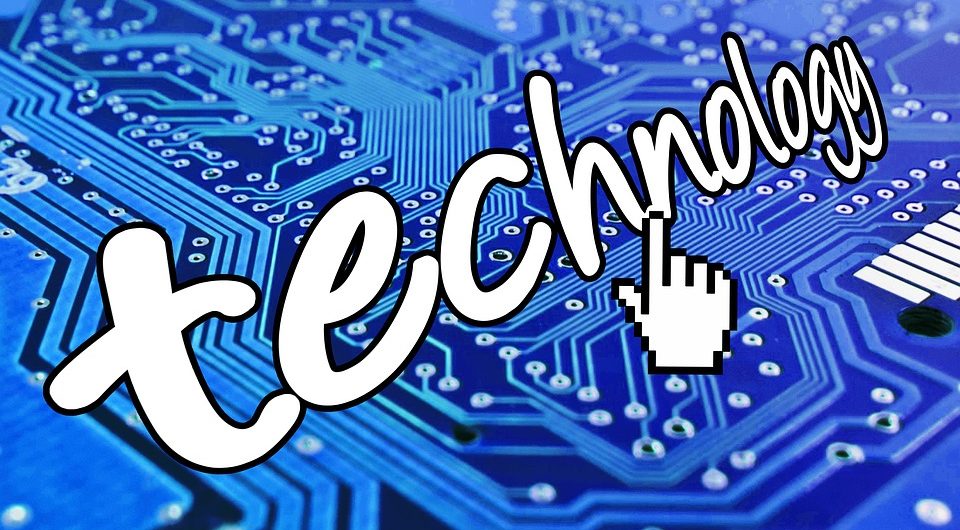
Remote patient monitoring (RPM) has been gaining popularity over the years due to the increasing demands of remote healthcare. Covid-19 has only augmented this trend, as more and more patients prefer avoiding in-person consultations and giving priority to virtual consultations. remote patient monitoring software has become a necessary tool in the healthcare industry, and in this blog post, we will comprehensively review this software and its benefits.
Remote patient monitoring involves the use of technological devices to monitor patients’ health from a distance. The Remote Patient Monitoring Software is the mechanism that facilitates the remote monitoring process. This software comes with an array of features to monitor patients effectively. Some key features include real-time monitoring, custom alerts, secure data transfer, reminders, and analytics. These features ensure real-time patient data tracking, enable doctors to keep an eye on their patients’ progress, and provide them with valuable insights.
Remote Patient Monitoring Software comes with diverse specialties ranging from cardiac monitoring, respiratory monitoring, and sleep monitoring. Cardiac monitoring primarily deals with heart health, and the RPM involves the use of ECG machines, weight scales, and blood pressure monitors to track and analyze patient’s health. Respiratory monitoring uses pulse oximeters and spirometers to track patients’ breathing rates and pulse rates. Sleep monitoring tracks patients’ sleep patterns using wearable devices to analyze sleep disturbances that may affect a patient’s health.
Chronic diseases can now be remotely monitored using RPM software. Chronic diseases such as diabetes, hypertension, and asthma can be monitored to prevent any sudden health issues. RPM software reminds patients to take their medicines, enables doctors to track their progress, and provides patients with diet and exercise tips, keeping them fit and healthy from the comfort of their homes. RPM software is particularly useful for senior citizens who may not always have access to immediate medical care.
The use of RPM software has not only made it easier for doctors to diagnose patients with medical issues but also reduce costs in the long run. There are no associated costs for in-person consultations, hospital admissions, or transport to the hospital. Moreover, remote monitoring helps identify any significant health changes or complications early, leading to early diagnoses and effective interventions.
The RPM software features real-time data integration and can be integrated with Electronic Health Records (EHR) systems, giving doctors an advantage by providing valuable insights into patient medical histories. Moreover, RPM software can be integrated with mobile applications to improve ease of access to patients. Mobile applications enable patients to send instant alerts to their doctors, view their medical history, and receive prescription refill reminders.
Conclusion:
Remote patient monitoring software is revolutionizing the healthcare industry, enabling physicians to provide quality healthcare services remotely. With features such as real-time monitoring, custom alerts, secure data transfer, reminders, and analytics, RPM software enhances the monitoring process and provides patients with valuable insights. The range of specialties that the software offers caters to various health issues, making it a versatile platform for remote healthcare. The reduction of transportation and consultation fees is an added advantage, making RPM software both cost-effective and efficient. As technology continues to advance, we can only expect the integration of more impressive features in RPM software, making it an even more valuable tool for remote healthcare.





